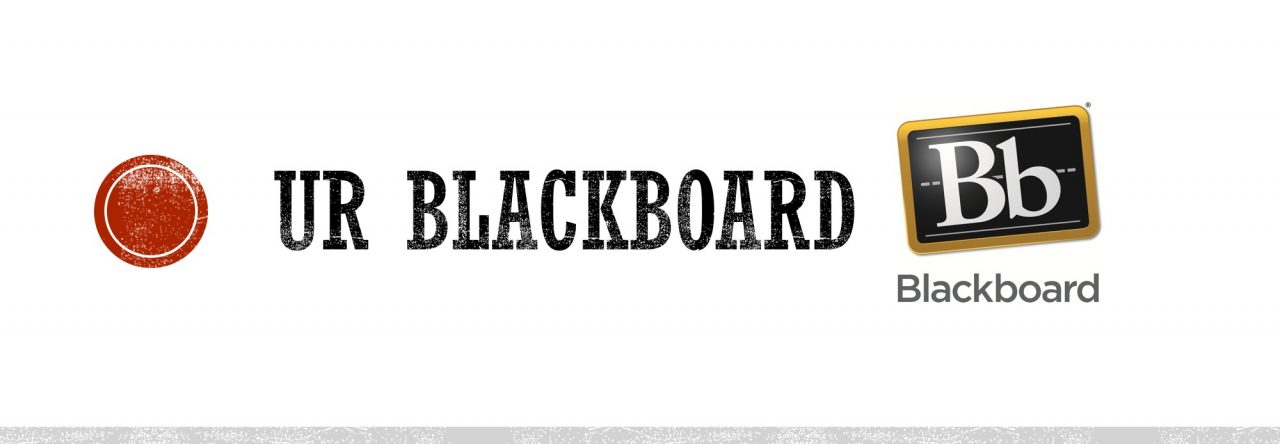Faculty have been asking about private blogs (those that are not open to the entire Web) for some time. With Blackboard 9, your wish has been granted! You can create a blog inside of Blackboard open to contributions by your entire class, a group of students, or a single student. Individual blogs differ from journals because they can be read and commented on by all students. Group blogs are restrict viewing and commenting to members of that group. Journals are private “blogs” that can only be seen by its author and the instructor.
Why use a blog? Blogs provide an environment where students can review their peers’ work — no longer will the only reader of an assignment be the instructor. Blogs or journals can also serve reflective spaces where, over the course of a semester, an instructor can see how much the student has grown in knowledge and understanding of course concepts if s/he blogs regularly. They’re organized chronologically, making it easy for an instructor to chart that progress.
Instructors have the option to link blogs to the Grade Center, allow anonymous commenting, and enable students to delete their own posts.
If the instructor is using a Home Page, in the “What’s New” module, students and instructors are notified by default when there are new blog entries, as well as new discussion board posts, assignments available, and more.
To get started creating your blog, add a Blog Tool Link to your course menu, use Control Panel > Course Tools > Blogs, or click the Tools menu item > Blogs. Hit “Create Blog” and customize its settings on the following page.
For detailed instructions on blogs in Blackboard, see Blackboard’s short, easy-to-understand viewlets: Creating a Blog, Creating and Editing Blog Entries, and Commenting on Blog Entries.
